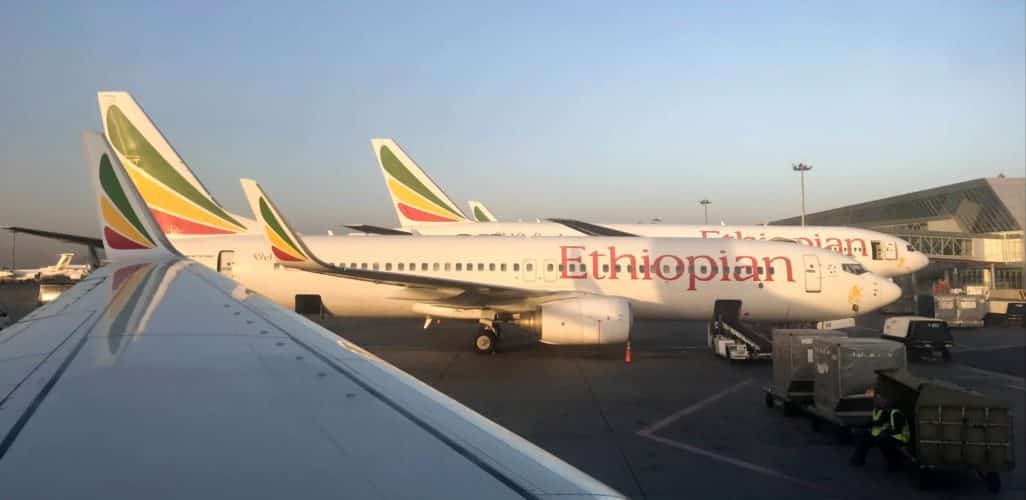The Boeing 737 Max 8 which was launched in the year 2017 was considered as the most reliable aircraft in the world, but within a few months of its flight, it is involved in two major accidents that have cast aspiration on its safety. The Ethiopian Airlines crashed yesterday after minutes of its takeoff tragically killing all the people including the crew who were onboard. The Max 8 Boeing 737 was heading to Nairobi from Addis Ababa when the crash took place. Earlier, the same version of aircraft crashed in the Indonesian coast killing all the people on board.
What caused the crash of both flights?
The Boeing 737 Max 8 is considered to have the latest advanced technology, offers great comfort to its passengers, is fuel-efficient and thus cheaper for the airlines to operate. These planes were also considered to be the fastest selling aircraft with many airlines around the world placing orders. But due to the two air crashes, questions are being asked on its safety. Though the investigation on the first accident is yet to be completed and the second one yet to be started, what is clear as of now is that both the flights crashed during takeoff and due to pilots losing control due to vertical speed being unstable. There are a few questions that need to be answered to know whether the flight is safe for flying, some of them are:
- Are the two accidents related or is it just coincidence?
- Were the pilots flying the aircraft trained on this model?
- Is there a flaw in its design?
Pilots not trained:
The major concern expressed by pilots and aviation experts is the addition of a new feature in Max 8 called the ‘Manoeuvring Characteristics Augmentation System’ also known as the ‘automated anti-stall system’. This device is installed outside the plane and measures the height of the nose and adjusts it accordingly. The cause of concern in this device is that if it is faulty it can bring the nose of the flight down and turn downwards to the ground. This feature is present in autopilot mode and not in manual mode. Pilots claim that this feature was not explained to those flying this version of aircraft.
Only a thorough investigation can answer the questions on its safety and whether the two accidents are linked to the same reason and decide on grounding the flights on safety concerns.




